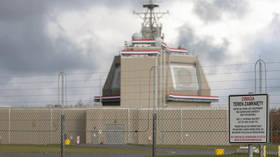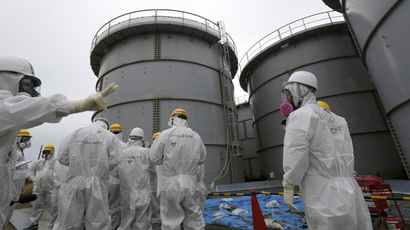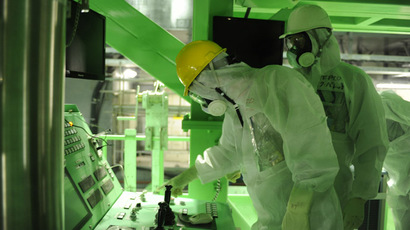Japan brainstorms new measures to stop radioactive leak at Fukushima
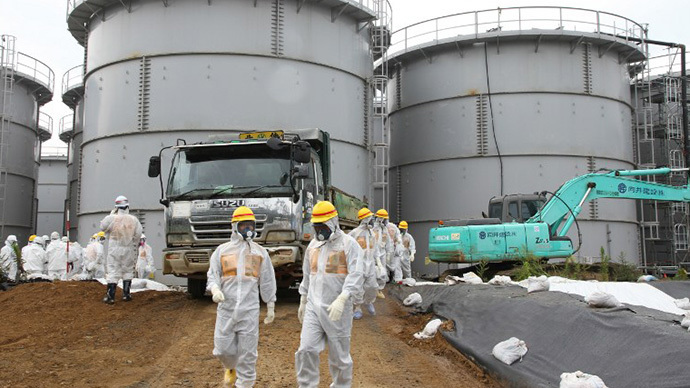
Japan’s government panel offered new measures to stop radioactive water leaking from the crippled Fukushima nuclear plant into the sea. Officials said the plant could completely run out of storage space for contaminated water within two years.
The new measures include ideas picked from 780 proposals from
around the world that were requested by the Industry Ministry as
Japan seeks international guidance to tackle the nuclear crisis.
The measures were presented in a draft report from the
contaminated water panel on Tuesday.
After the earthquake that triggered a tsunami in March 2011 and
hit Fukushima, the cores of the three nuclear reactors melted and
burnt through the concrete basement of the reactor housing. The
water being used to cool the debris has been leaking into the
soil and contaminating the ground water on the premises of the
nuclear facility. This water eventually started seeping into the
Pacific.
One of the new measures proposed by the panel includes covering
the ground with asphalt to reduce rain inflow. According to
experts, the underground water that flows into the reactor and
turbine basements is mostly rainwater. However the panel has not
yet developed a specific plan and cannot provide the details
including the extent of asphalt coverage, said panel official
Yoshiyuki Toyoguchi, AP reports.
Moreover, the decreasing amount of groundwater could lead to the
ground sinking in places where hundreds of storage tanks with
highly contaminated water are located, said Hitoshi Tsukamoto, a
geologist at the National Institute of Advanced Industrial
Science and Technology. The expert urged that measures to prevent
sinking incidents should be calculated before implementing such a
proposal.
The panel draft also included a proposal to build more tanks with
larger capacity and to install undersea filters for the
contaminated water that is seeping into the Pacific.
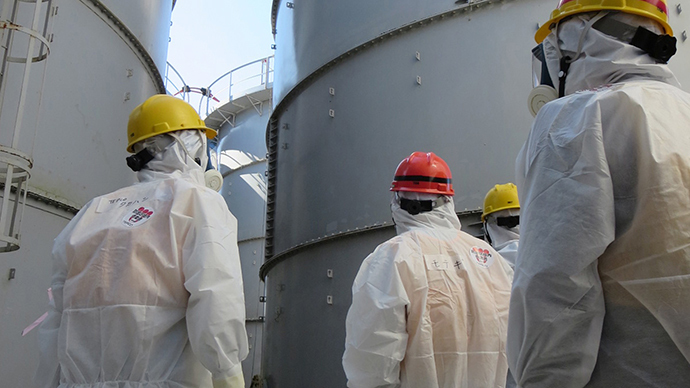
Another suggestion was to establish a team of experts that would
deal with the large amounts of tritium – a radioactive isotope –
contained in the water.
Some experts suggest simply releasing the contaminated water into
the sea, since tritium is a low-energy isotope that is considered
to be less dangerous than other isotopes such as cesium and
strontium.
Tritium can be safely released into the sea when diluted, said
Dale Klein, former head of US Nuclear Regulatory Commission who
now serves as an outside adviser to TEPCO, adding that it is
political decision for Japan to consider.
“The United States had to face that issue when we had the
Three Mile Island (nuclear accident). You ultimately have to
decide what you are going to do with it,” Klein told AP.
“That's more of a policy than a technical decision, but it
will require TEPCO and the government to explain the ultimate
disposition of the filtered water.”
The draft proposals come as a part of the Japanese government
push to speed up the cleaning of Fukushima. There are already
about 1,000 tanks with over 370,000 tons of contaminated water at
the facility, many of which have suffered regular leaks. In
September the government pledged almost $500 million in funding
for building an ice dam in the soil around the plant to stop
drainage of toxic water into the ocean.
Riddled with problems, the complex process of cleaning up and
decommissioning the plant consists of many components, including
the removal of thousands of nuclear fuel rods from a cooling pool
that began last month - one of the most dangerous operations ever
attempted in nuclear history.







